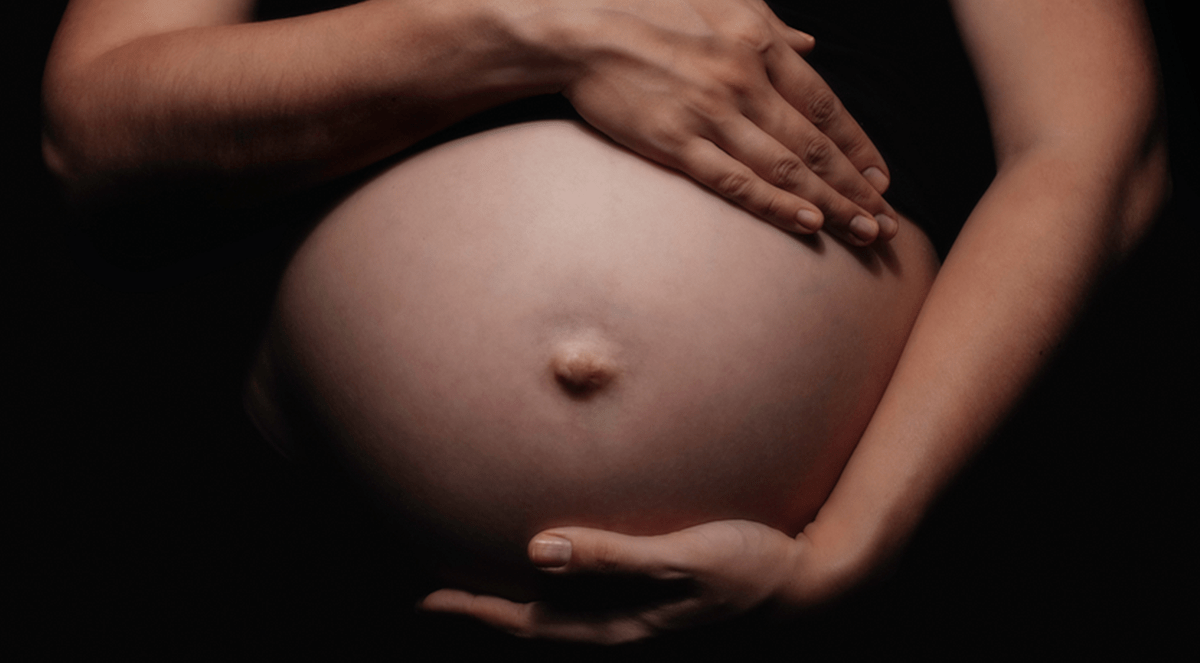As of Sept. 1, CDC released it’s most recent update for the number of pregnant women with evidence of Zika in the U.S. and the number of babies born with Zika-related birth defects.
According to the CDC, there are 671 pregnant women with evidence of Zika virus infection in the U.S., and 1,080 in the U.S. territories, according to the CDC’s most recent update.
Zika is especially troubling for pregnant women, as it has been linked to birth defects such as microcephaly. In fact, 17 babies in the U.S. have been born with Zika-related birth defects, and there have been 5 pregnancy losses with Zika-related birth defects.
All total, there are 2,964 Zika cases in the U.S. as of Sept. 7, and 43 of them were locally acquired from mosquitoes in Florida. In the territories, there are 15,869 total Zika cases, most of which (15,809) were locally acquired.
Meanwhile, members of Congress have failed to provide funding to combat the spread of the virus in the U.S.
What these numbers show
- These numbers reflect the number of poor outcomes among pregnancies with laboratory evidence of possible Zika virus infection that have been reported to the pregnancy surveillance systems. There are some delays in reporting. The latest numbers on the total number of pregnant women with Zika are typically available on the individual websites for each jurisdiction. In addition, reported numbers may increase or decrease as preliminary information is clarified.
- The number of live-born infants and pregnancy losses with birth defects are combined for the 50 US states, the District of Columbia, and the US territories. To protect the privacy of the women and children affected by Zika, CDC is not reporting individual state, tribal, territorial or jurisdictional level data.
- The poor birth outcomes reported include those that have been detected in infants infected with Zika before or during birth, including microcephaly, calcium deposits in the brain indicating possible brain damage, excess fluid in the brain cavities and surrounding the brain, absent or poorly formed brain structures, abnormal eye development, or other problems resulting from damage to brain that affects nerves, muscles and bones, such as clubfoot or inflexible joints, and confirmed hearing loss.
What these new numbers do not show
- These numbers are not real time estimates. They will reflect the outcomes of pregnancies reported with any laboratory evidence of possible Zika virus infection as of 12 noon every Thursday the week prior; numbers will be delayed one week.
- These numbers do not reflect outcomes among ongoing pregnancies.
- Although these outcomes occurred in pregnancies with laboratory evidence of Zika virus infection, we do not know whether they were caused by Zika virus infection or other factors.
Where do these numbers come from?
- These data reflect pregnancies reported to the US Zika Pregnancy Registry and the Zika Active Pregnancy Surveillance System. CDC, in collaboration with state, local, tribal and territorial health departments, established these systems for comprehensive monitoring of pregnancy and infant outcomes following Zika virus infection.
- The data collected through these systems will be used to update recommendations for clinical care, to plan for services and support for pregnant women and families affected by Zika virus, and to improve prevention of Zika virus infection during pregnancy.


